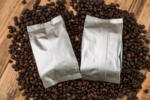What do you know about Burundi coffee beans? Would you love to know more about coffee from this beautiful country? If yes, then this piece is for you. Here you will learn everything about Burundi coffee.
First, Burundi coffee exhibits a delicate, clean flavor with a rich body and acidity. It has a sweet berry taste, floral notes, and berry-like aromas. All these characteristics have often led to the comparison of Burundi coffee with Rwanda coffee, primarily in the northern region of Kayanza.
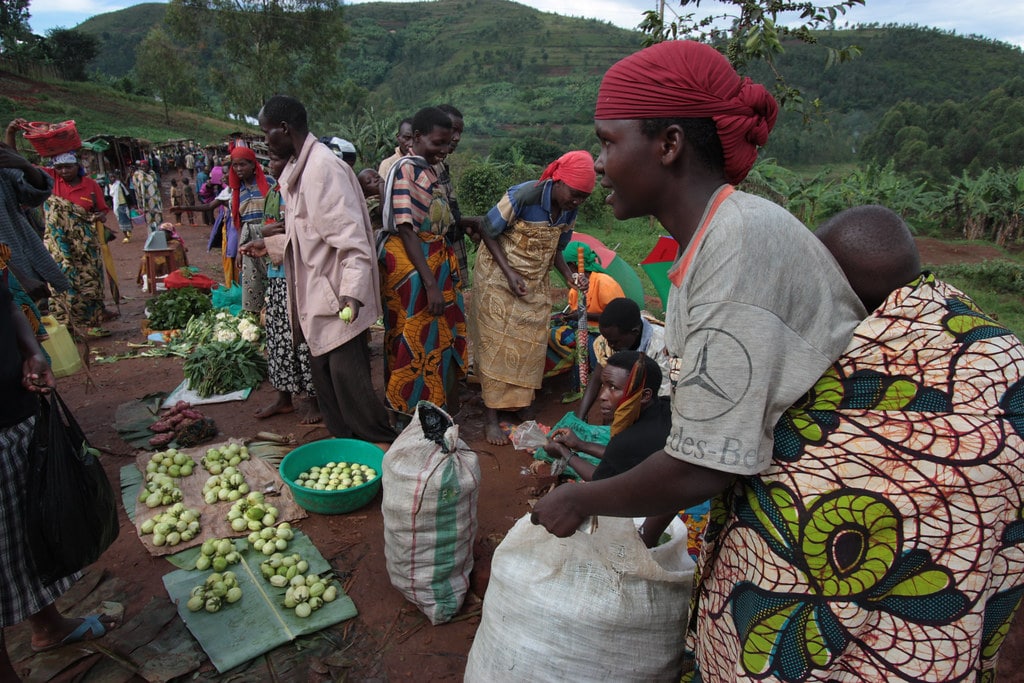
- Region: Kayanza
- Variety: Bourbon
- Growing Altitude: 2,000 meters
- Harvest Period: March – June
- Aroma: Red Currant
- Milling Process: Fully Washed, Dried on Raised Beds
- Flavor: Red Fruit, Jasmine, Hibiscus, Dark Chocolate
- Acidity: Winey
- Body: Rich, Creamy
Burundi’s coffee-growing regions
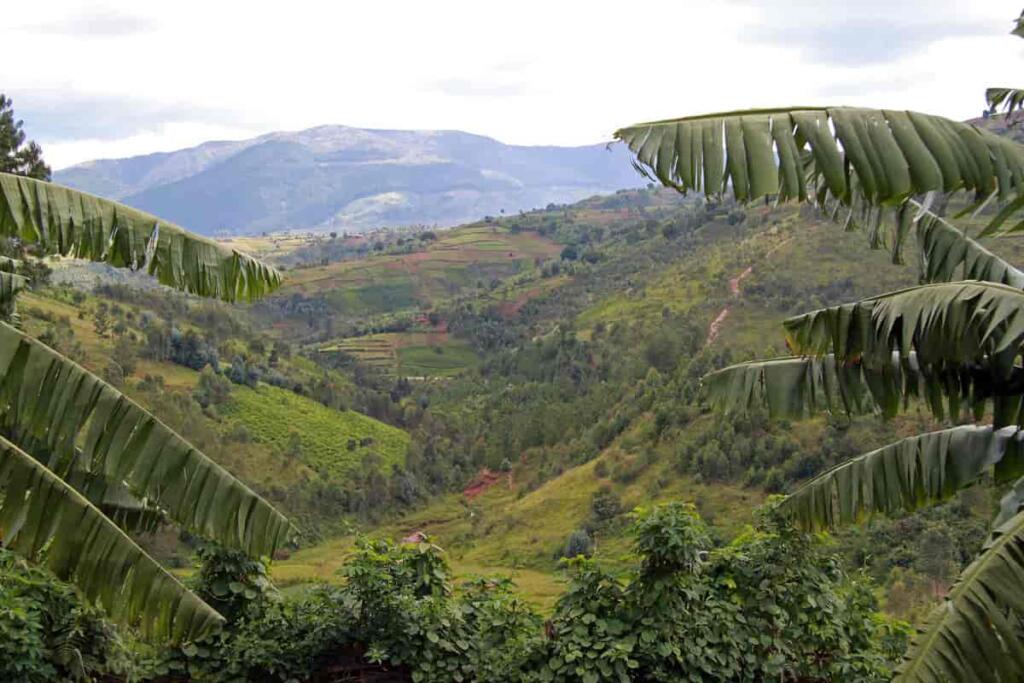
Burundi is a small and very hilly and mountainous country between Central Africa and East Africa and located between Tanzania, the Democratic Republic of Congo, and Rwanda. This country’s coffee quality has always been compared to that of Rwanda. Other regions in Burundi consist of:
- Ngozi
- Mwaro
- Muyinga
- Muramvya
- Krimiro
- Kirundo
- Kayanza
- Karuzi
- Cibitoke
- Bururi
- Bubanza
- Makamba
Burundi’s western border is the picturesque Lake Tanganyika, the country’s lowest point at 772 meters above sea level. Elevations in Burundi are as high as 2,670m at the peak of Mount Heha. Most of Burundi’s exported coffee qualifies as Strictly High Grown (SHG) / Strictly Hard Bean (SHB).
Cultivation
Coffee cultivation in Burundi dates back to the 1930s when the Belgians brought Arabica coffee plants. Since then, a lot has happened, and today more than 800 000 Burundi families are involved in coffee growing. These are small farmers, with roughly 250 trees each, and most produce other crops and livestock as well.
Due to political instability in the country, things are now returning to normalcy.
Most coffee plants here, around 25 million, are mostly of Bourbon varietal and are cultivated on over 60 000 hectares. They are grown between 1250m to 2000m above sea level. Coffee is wet-processed.
Most of the coffee produced is Arabica, although Robusta is also produced in small quantities.
Green coffee farming in Burundi
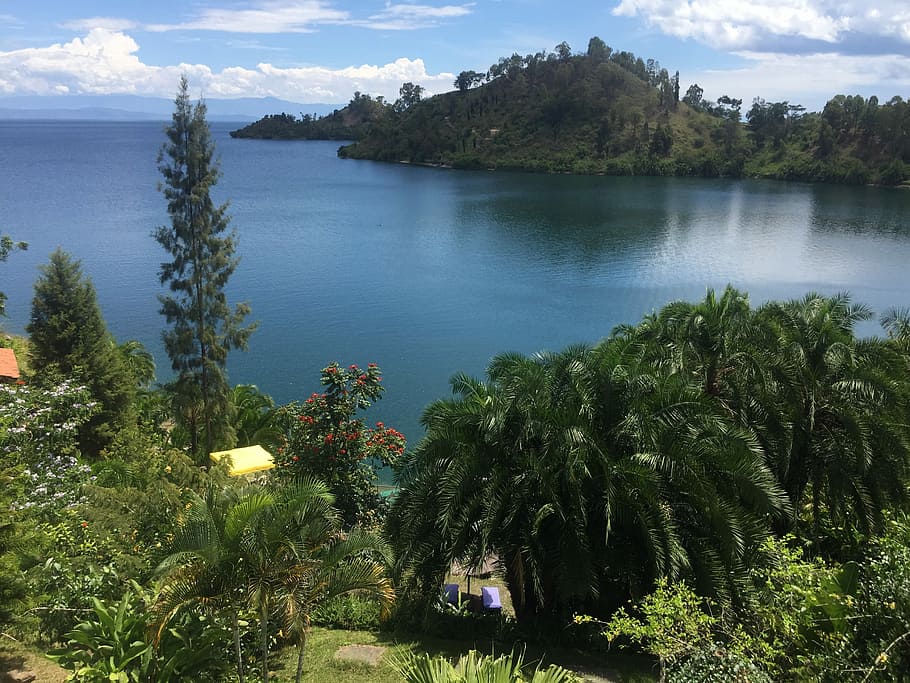
Social and political mayhem in Congo has had negative effects on Burundi’s coffee farming. This further impacted the future of coffee farming in the region and the availability of premium quality exports. However, brokers can still get quality green coffee exported from the region, which is available wholesale.
The challenge
Were it not for the conflicts that have hurt coffee production in this country, today, Burundi could be among the top producers of coffee. These conflicts have habitually obligated people to abandon their crops and homes.
The ‘potato’ defect
Potato Taste Defect (PTD) is a common defect in the coffees from the Great Lakes region. PTD is common in Rwanda coffees and also hurts Burundi’s coffee.
While it is never too much of it in Burundi’s coffee (it shows up now and then, but never throughout a bag or lot), it is quite challenging to sort out defected greens after processing and dry milling. It is mostly caused by a small bug called Antestia that feeds on the cherries and leaves some bacteria that create a metabolic reaction.
When the coffee has defected, it creates a strong taste of raw potato and vegetable flavors. Even if it comes from one bean, it can be present in the entire cup.
The risk can be reduced with ongoing research, the current use of pesticides, and thorough sorting and separation throughout the supply chain. Still, there is never a guarantee against any affected beans.
Picking and selection
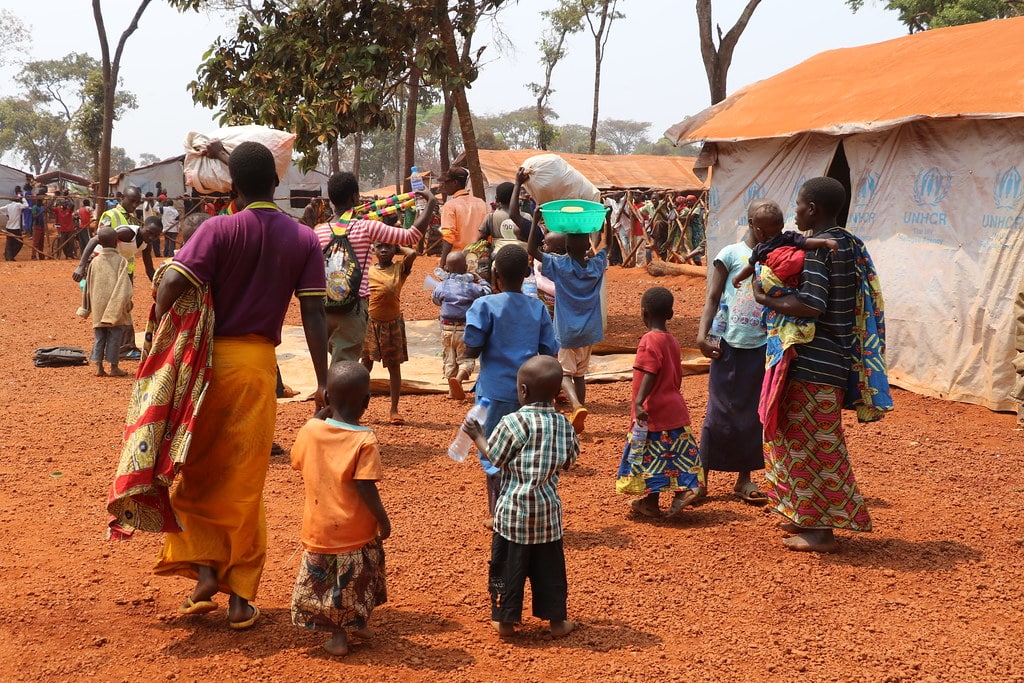
Burundi’s picking season runs typically from late march to August, with most coffee picked from April to July. Farmers have been trained to pick only ripped cherries, and sorting follows shortly afterward.
Processing
Once the cherries have been picked and sorted, they are de-pulped, dry fermented, washed in channels, and dried on raised beds. Drying can also happen under a shade and can take a while, depending on how humid or warmer the climate is.
Buying Burundi coffees
Burundi coffee is available in different markets across the globe. Brokers and distributors work hand in hand to ensure this coffee gets to different consumers. We recommend you order whole beans to maintain freshness and grind them just before brewing at home.
For the best experience, we urge you to brew with a manual pour-over or a French press.
Tip! So far, we are yet to see Organic certified Burundi coffee, but sometimes you find a Burundi single origin as part of the Starbucks Reserve program.
What does Burundi coffee taste like?
Like most African coffee, you can expect a clean, delicate flavor, rich body, and bright acidity with Burundi’s coffee. It can show some wild and fruity notes and have a sweet berry taste, floral notes, hints of citrus, blueberry, or even pineapple.
Coffee that grows at higher elevations has even more noticeable citric notes and acidity and often reaches a Specialty Coffee Association score of 86 or higher. On the other hand, coffee grown on a lower attitude has a little less body and features flavors of hazelnut and chocolate.
Best Burundi coffee beans you can buy
Burundi coffee produced by women by Grand Paradé
For Five Coffee Roasters Burundi Light Roast
Bold Burundi Kavugangoma by Mojave Coffee
Mt. Whitney Burundi Kavugangoma
Smokin Beans Burundi Coffee
Burundi coffee roasting
Burundi’s coffee is ideal for a medium roast, thanks to its delicate flavors and balance of the coffee. They are roasted far enough to bring out the flavors without overpowering them with a dark roast or espresso. We recommend you roast them within a week after arriving at your door and drinking it within 2-3 weeks.
That is all for now. Get crazy with coffee!
Disclaimer: This post contains affiliate links, which means I may receive a small commission, at no extra cost to you, if you make a purchase using these links. Remember to support us by purchasing through the Amazon/Walmart/Impact Radius links provided. Last update on 2024-04-24 / Affiliate links / Images from Amazon Product Advertising API
Disclosure: No compensation or free products were received in exchange for writing this review.

Editorial Staff
The editorial staff at Crazy Coffee Crave is a team of coffee enthusiasts & Baristas who enjoy the one thing we all think about as soon as we get up in the morning. Trusted by thousands of readers worldwide.









